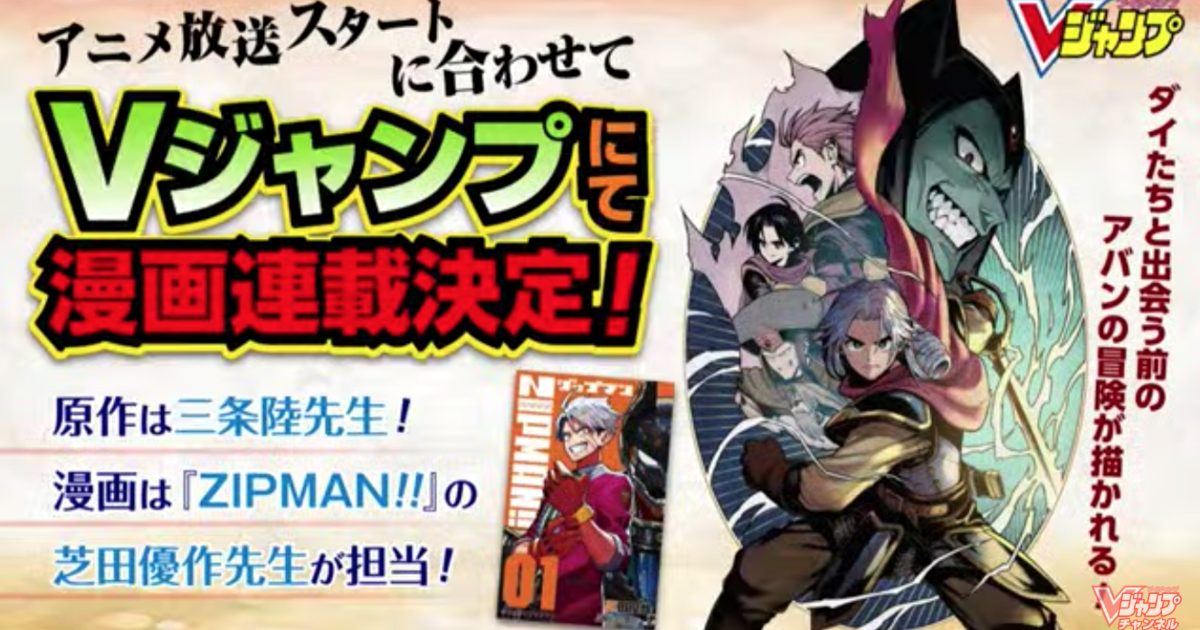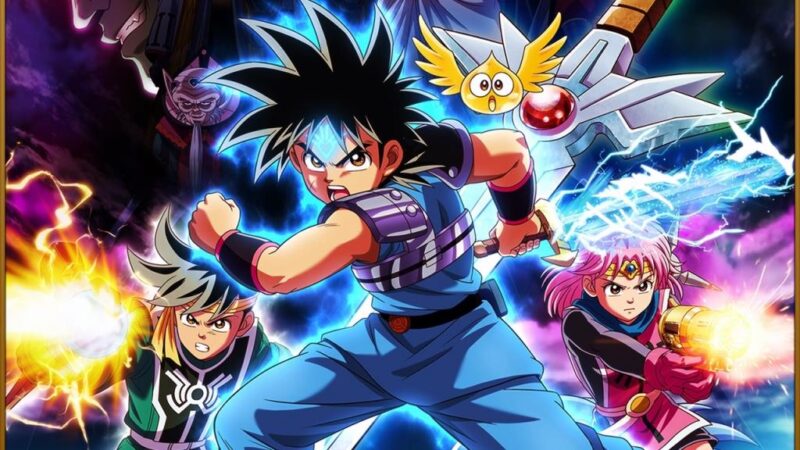

This improvement is more apparent in two aspects: the characters designs and expressions, which start sillier and more comedic, but later develops, becoming more shounen-like and the overall cleanness of drawings, that seem blurry and dirty at first. However, in spite of the tri-dimensionality shown by part of the cast, most of them are somewhat Manichean, justifying their evil/good actions with a “just because”, however this can be relieved when you take in account the audience the authors needed to reach.Īs happens with most artists, during the serialization, it’s highly noticeable the evolution in Inada’s drawings. With a charismatic cast of protagonists, a wide range of supporting characters and great chemistry between all of them, it’s impossible not to find at least one to relate to.

In fact, that is the main problem with the story: in order to keep emotion at a maximum, Sanjo constantly had the heroes in desperate and seemingly inescapable situations, only to be saved by a plot device that, even though usually creative and interesting, would occasionally disappoint the reader or get the plot one step back.Įven with Sanjo’s ability to keep the plot fresh and entertaining, the quality of a story rests heavily in its characters, and that is an aspect in which Dai no Daibouken excels. In order to achieve such feat, he used (actually overused) plot twists. It might sound cliché (and it is), but fortunately the author managed to give the old formula a new feel, keeping it exciting until the end. The basic plot is pretty standard in both anime and RPG: a small boy with mysterious powers goes on a journey where he makes friends, grows stronger and defeats evil. This increasing popularity only comes to show that even a money-maker And indeed that was probably the idea when they first started developing it, seeing how it was supposed to be a 2-chapter story, which led to another 3-chapter arc, and consequent serialization. And I'm glad a new generation of kids gets to (re-)discover this incredible series.Before I start, I would like to say that I have never played any of the Dragon Quest games, therefore I won’t make any parallels between them and the manga that I’m reviewing.īorn from the partnership between Koji Inada (art) and Riku Sanjo (story), Dragon Quest – Dai no Daibouken can be initially seen as just propaganda to increase the games sale. The animation style is so faithful to the manga that it sometimes feels like you are literally transported into the pages while it unfolds. It was actually a blessing in disguise that the first iteration of the show failed, because modern animation has come so incredibly far and is now able to do justice to even the most complex fight scenes and set pieces.
Dragon quest manga list series#
Since, unfortunately, the story was never extended beyond the 36 manga run, the next best thing was to see these characters and storylines I love so much brought to life on the small screen (after the initial disappointment of the first adaptation being cut short), and boy does this series deliver. The story zipped along so smoothly that it was over before I knew it and it made me yearn for more.

It combined the best aspects of JRPGs with a cute and expressive drawing style and it was plotted perfectly.

I grew up reading the manga from my older brother's collection and I was absolutely enthralled, nineties manga just hit different. A new episode releasing is one of my favorite parts of the week.


 0 kommentar(er)
0 kommentar(er)
